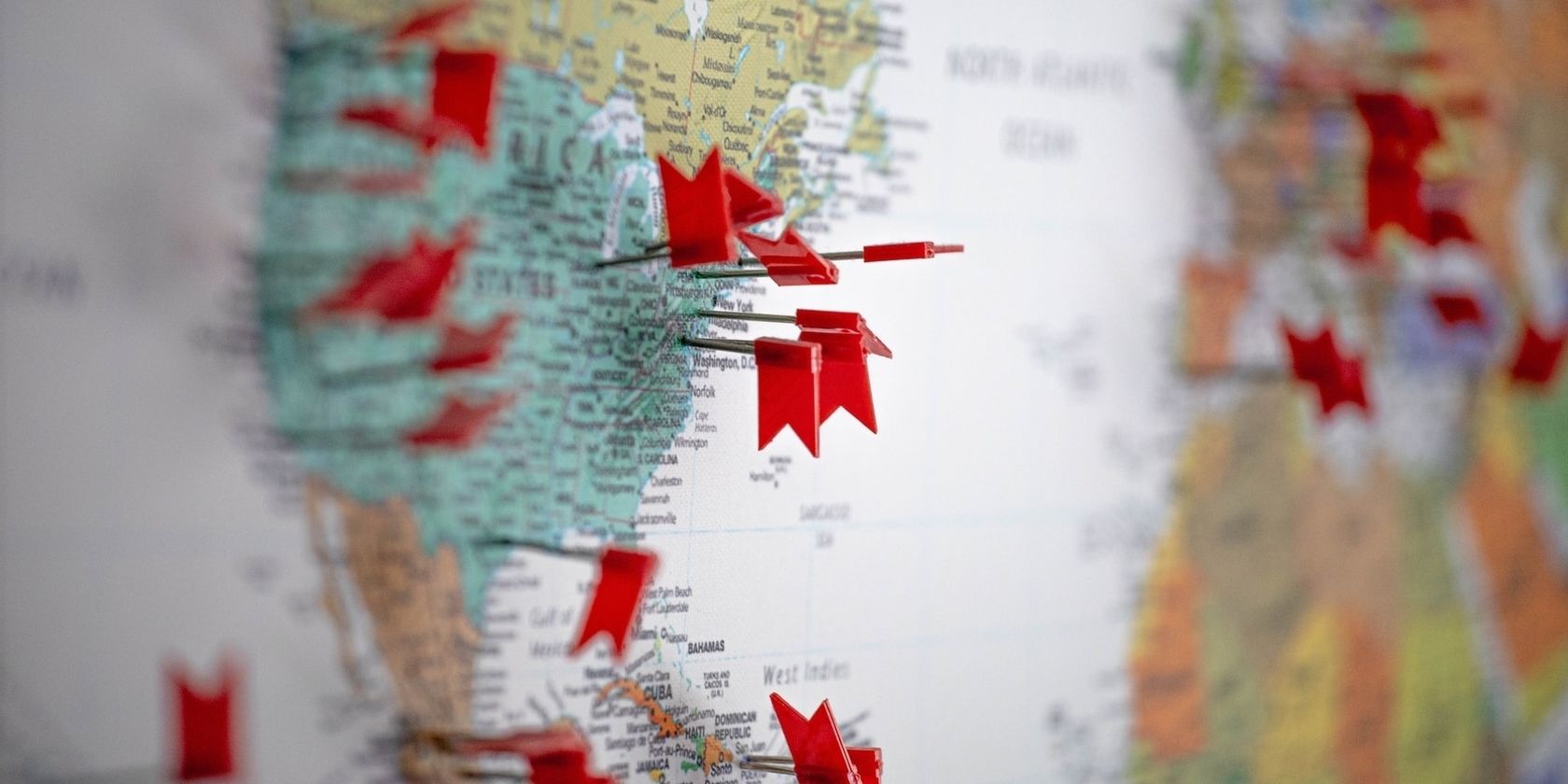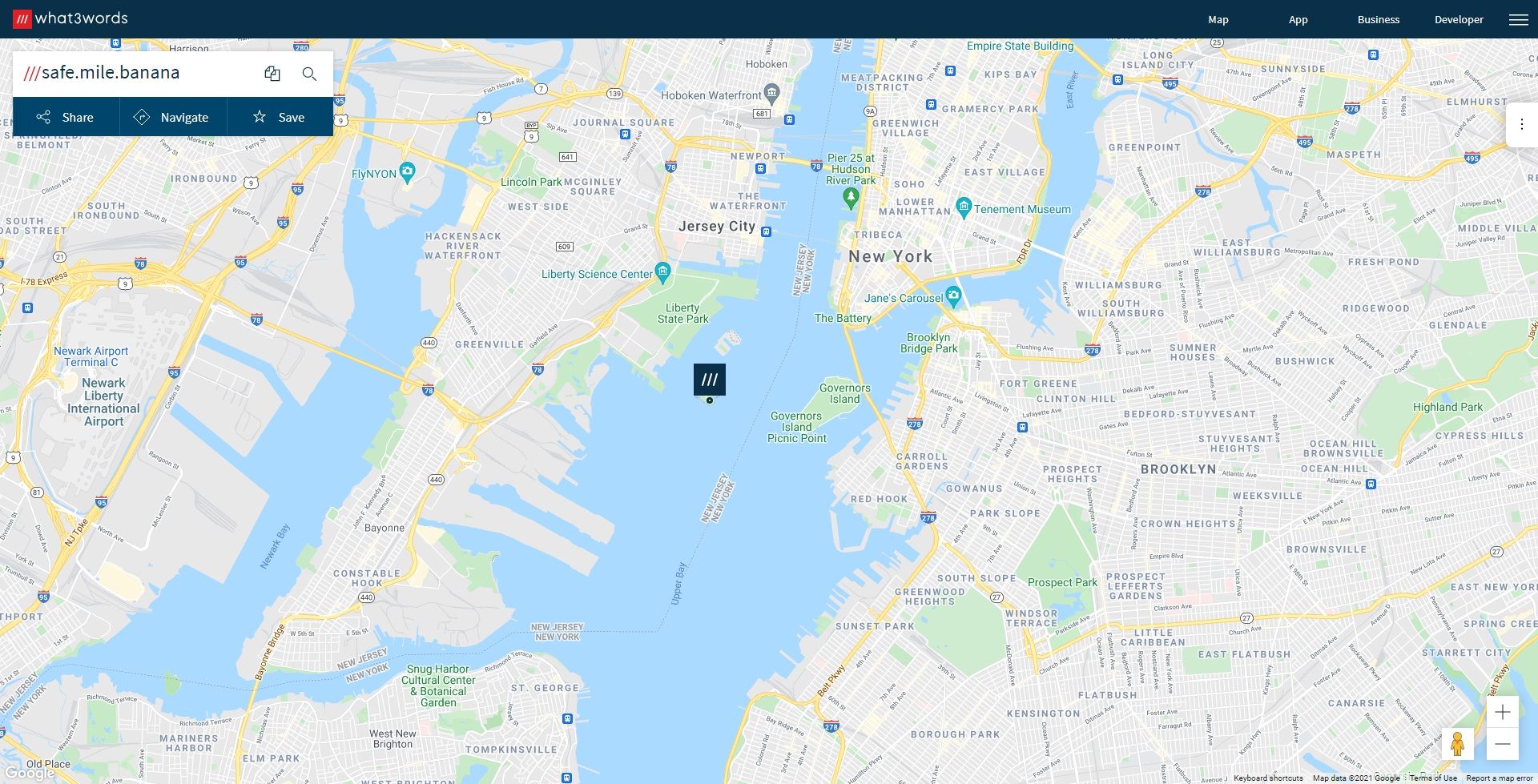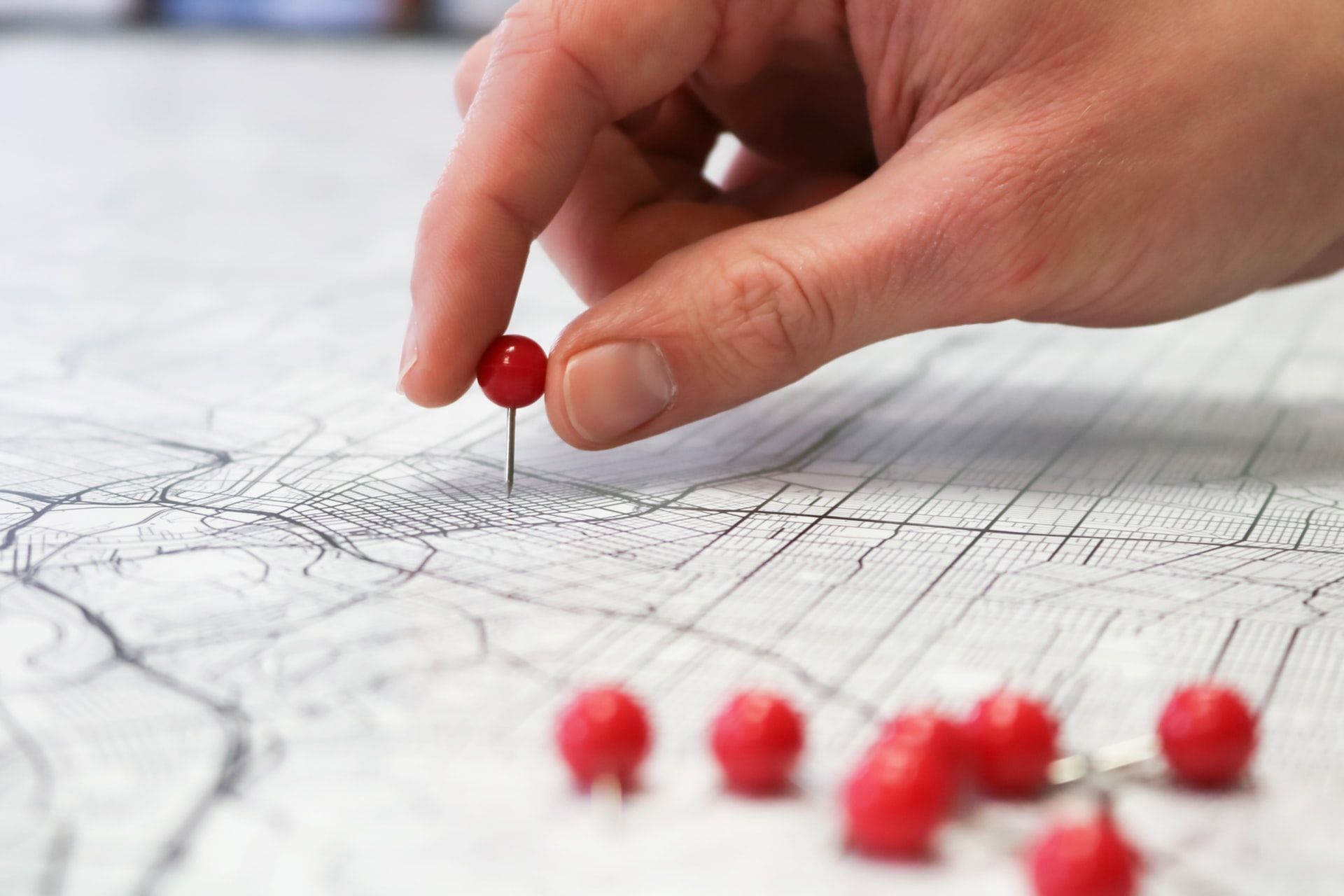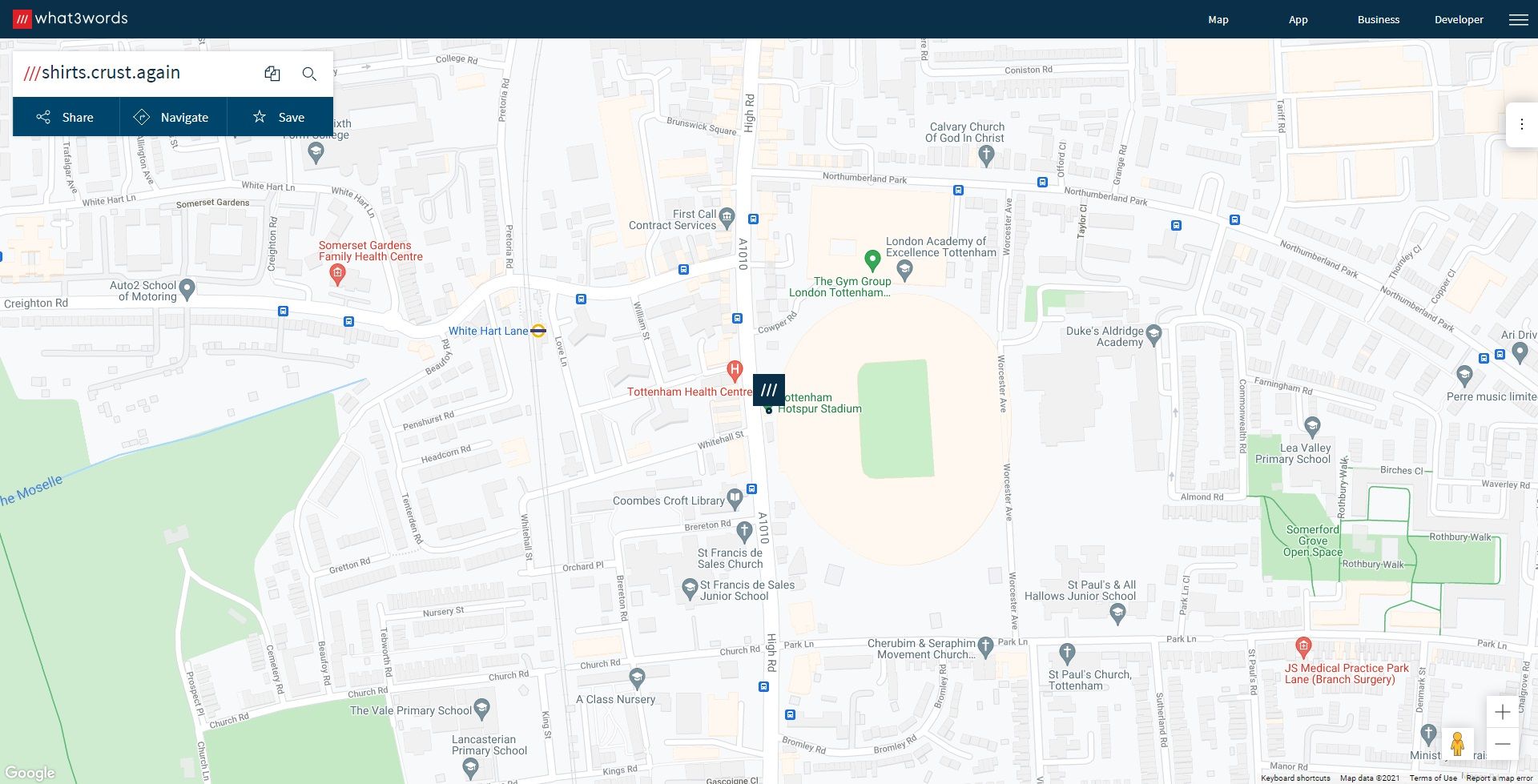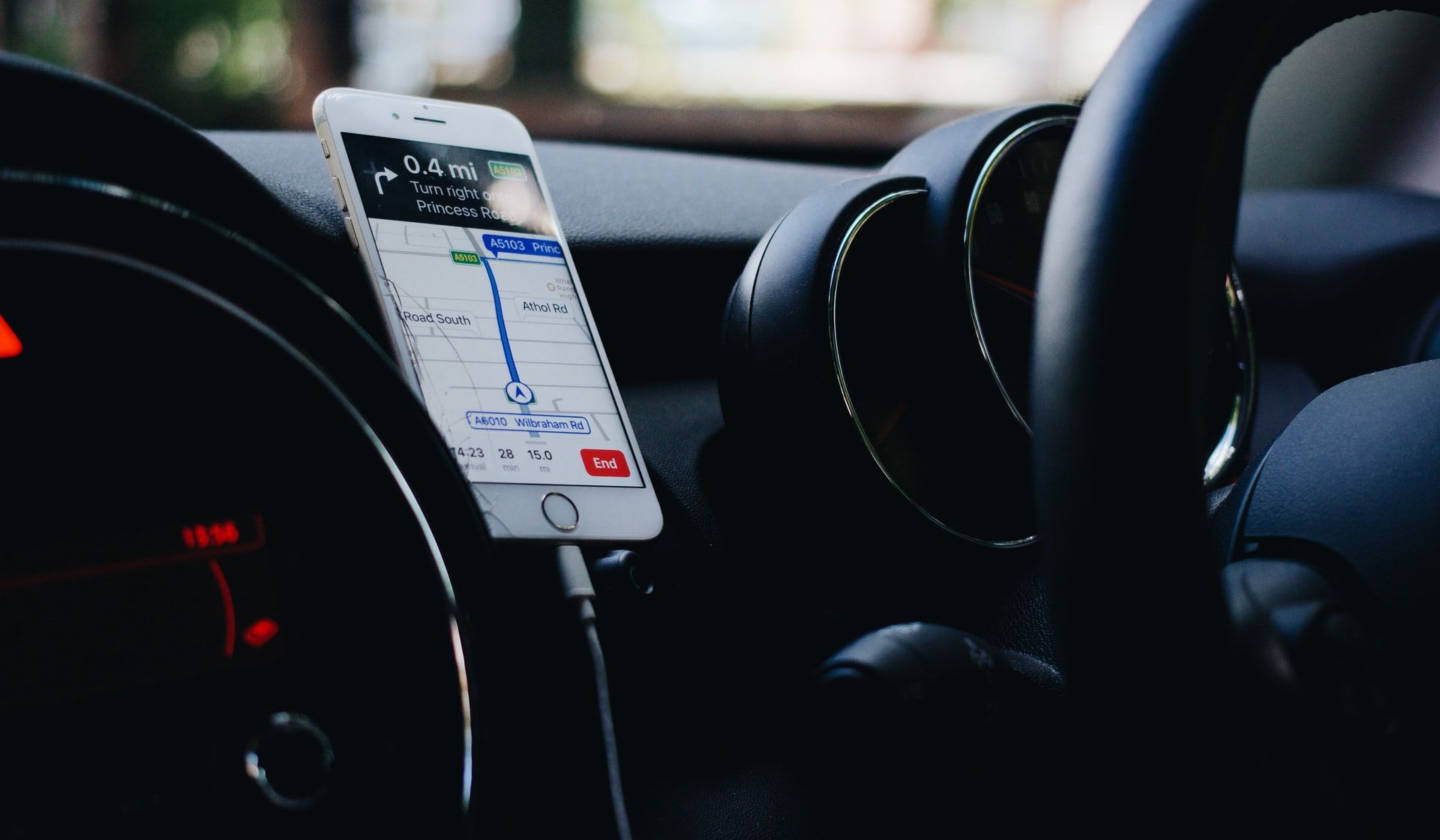People have been mixing up addresses ever since they were invented. It’s easy to give out a building’s address based on area, street, and building number, but that doesn’t answer which exact spot you’re talking about.
One system that reinvents addresses is what3words. But how does it work, and is it actually better than tried and tested addresses?
What Is what3words?
what3words is a digital geocoding system. But instead of being limited to addresses, what3words lets you identify any location that’s three by three meters, or 10 by 10 feet, in size. The system is available for free on what3words’ website, and it also has Android and iOS apps.
While what3words includes a simplistic and satellite map for ease of use, it’s not a navigation app. If you want to go to a specific location based on what3words coordinates, their website and apps reroute you to a third-party navigation service like Google Maps, Citymapper, Waze, and Bing Maps.
The goal of what3words is to create a location system made for the modern world. Streets, buildings, and monuments can give away the general location, but they might not give the exact location. Not to mention, traditional addresses aren’t useful in open areas like public squares and parks or rural areas with little to no signage or official mapping.
Not only did what3words creators seek to make meeting up in public more convenient, but they also wanted to help in case of an emergency. After all, if someone is lost in the woods, rescue teams need their specific location and not just the general location of the woodland they’re in.
How Does what3words Work?
what3words starts by dividing the entire globe into squares that are three by three meters, a convenient area size to give an accurate location without overwhelming the system or user. That adds up to around 57 trillion squares—yes, the squares include bodies of water like lakes, seas, and oceans.
It starts by assigning every single square a unique name made up of three random words. All words sequences and their assigned location on the map are stored on what3words servers. You can immediately access any of them by typing either the 3 words or the traditional address of the location.
The service is available in 193 countries around the world and more than 45 languages. English maps use around 40,000 words as it includes unique names for both the sea and land.
Other languages average at 25,000 words. Also, the translation for every 3-word location isn’t direct, as it could result in more than one word or an offensive word, which what3words makes sure to avoid.
To share your what3words location, all you need to do is give someone your 3-word location over text or phone, without having to share your live or current location through messaging apps.
You can then reach your destination by either exporting the location to your navigation app or service or use what3words embedded compass that does a decent job with relatively small locations.
Is what3words Worth Using?
what3words has a lot of undeniable advantages in rural and open areas. Postal services and ambulances use what3words in remote locations to locate drop-off points or find people in need. But what about people living in urban areas with proper infrastructure and building and street labeling?
There are a few cons to using the what3words tool for your location and navigation needs. The impact differs depending on the situation, but they’re worth mentioning
1. It’s Too Precise
There’s such thing as too precise. While three meters is good if you’re looking to find someone in a heavily dense and crowded area, it also requires the person you're looking for to stay put.
Giving a more general location may require an extra minute of looking around. At least you’re not confined to a small square—something which isn’t always possible depending on location and weather.
2. It’s Not Widely Implemented
Traditional addresses, latitude and longitude coordinates, and digital pins on maps work because everyone uses them. Tell someone a street or known building name, and they’ll likely find the location even if they have to ask around for directions here and there.
On the other hand, if you throw three random words at someone, they might not even know it's an address. And even if they did, the 3-word address wouldn’t give away your approximate location. You could be a mile away or ten miles away. They won’t know unless they use the app.
3. It’s Not a Stand-Alone Solution
what3words gives you a clear and precise location, but it doesn’t help you get to it. Sure, you can navigate the app’s map on your own, but it’s got a long way to go before competing with other navigation apps that have been evolving and improving for over a decade now.
4. Requires Access to Tech
Maps can be printed, and addresses can be memorized and asked about on the street. The same doesn’t apply to 3-word addresses.
To know and share your 3-word location, you need access to a smartphone that also needs GPS and an internet connection, which aren’t readily available, especially for people in poor and rural areas.
5. It’s Not Open Source or Universally Available
The app is free to use on Android, iOS, and even online, but that doesn’t make it open-source or available to everyone. what3words is a proprietary app made by a for-profit company. If 3-words addresses become the norm, then everyone would be forced to use the app just to figure out where they are.
Traditional and physical addresses, on the other hand, are open to all people. You can use a map or simply take a stroll around your neighborhood looking for building numbers and street signs.
what3words Is Great, But It's Not for Everyone
what3words has already been used by businesses and public service to do good and even save people’s lives. It can offer a new way for people to share their locations and even for kids to memorize where they live in case they get lost.
But note that the tool, and the idea as a whole, are still relatively new. what3words was released less than 10 years ago, in 2013. It has improved and evolved a lot since then. However, it’s still a work in progress that could use some improvement if it aim’s to replace the physical address system that’s been around for hundreds of years.

